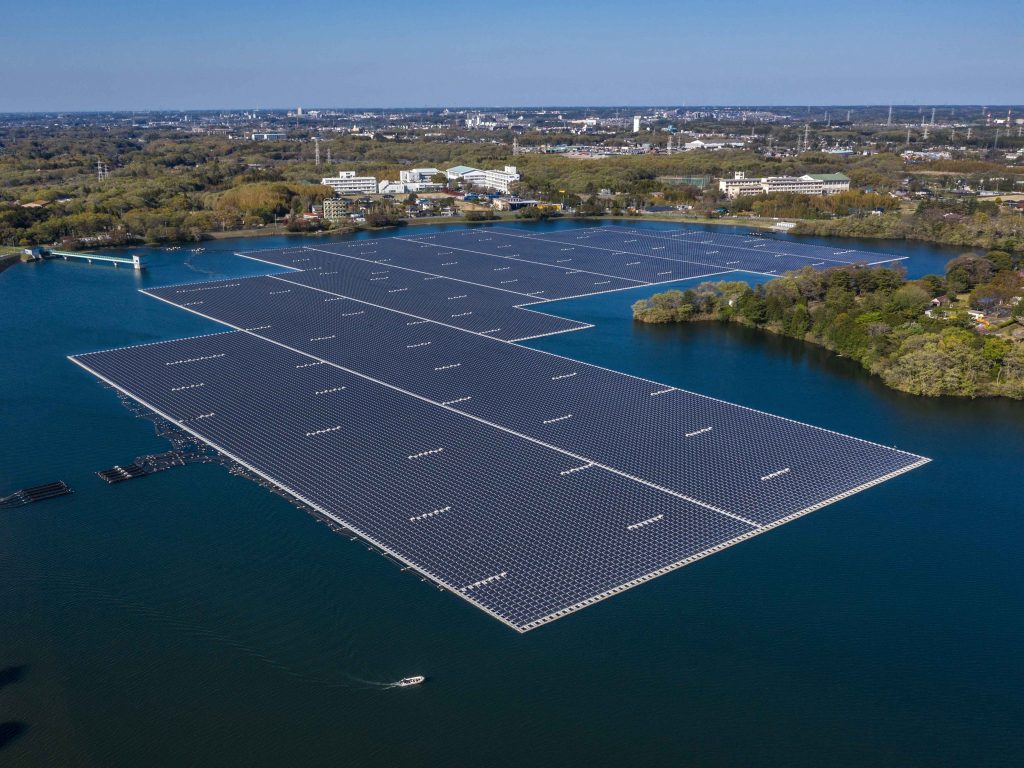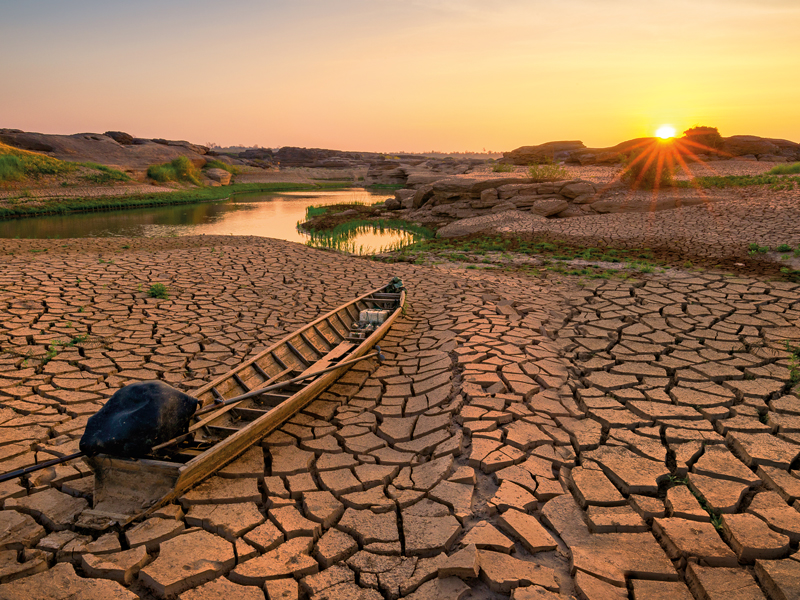Answers to the great big paper debate
Producers face challenges on a range of fronts, not least biodiversity and balancing a delicate eco-system
Producers face challenges on a range of fronts, not least biodiversity and balancing a delicate eco-system
Stuart Andrews says APP’s environmental commitment is increasingly about partnership, long-term planning – and tigers.
One of the world’s biggest paper producers claims it’s putting environmental issues at the heart of its corporate strategy. That’s quite a claim for a company regularly at the forefront of unflattering lobs from environmentalists. APP declares it has zero tolerance for illegal logging and has toughened its stance on a range of environmental fronts that travels some distance beyond ordinary compliance. “It is very hard to sum up everything that APP does in a few words,” says Stuart Andrews, “but when I look at the people involved in the business, the passion that exists within my colleagues, meet with the customers and look at the great projects with which we are involved in, personally I would take two strap lines: “caring for lives” and “a sustainable practice beyond compliance.”
APP is well aware, of course, of those environmentalists who doubt its commitment to environmental issues. “All our pulp fibre comes from verified legal origin, certified or recycled sources,” says Andrews. “Illegal logging is however one of the symptoms of poverty, and as the Indonesian Government works towards meeting the UN Millennium Development Goals, APP recognises that it also has its own part to play in this process, and by creating direct employment in forest areas we are also creating downstream jobs.”
Investing in the Environment
APP claims it continues to invest significantly in Indonesia, supporting education, skills, medical care, plus the establishment of community enterprises, environmental protection and disaster relief. “All of these efforts also help reduce the emotional burden that illegal logging imposes on legitimate commerce,” says Andrews.
That’s all very well and good. But how are all these ethical-sounding commitments actually enforced? “We have a very strict chain of custody implemented between our mills and the plantation forests,” claims Andrews. “Locally harvested fibre comes to our pulp mills only from our exclusive fibre suppliers and every truck we unload has to be registered and has verified legal origin documentation. In addition we use weighing stations to verify the quantity delivered with quantity received; we are even using digital photography and satellite image transmission so that the picture of stacked logs on a truck can be verified ‘like a fingerprint’ when it arrives at the pulp mill gates.”
But huge hurdles and worries remain, not least of which is smoke and fire burning from land clearance. Forest fires are a naturally occurring phenomenon – as seen last year in California, Spain and Greece. Fires in, and near, heavily forested areas can be absolutely devastating – as well as a problem for global warming. “It is in no-one’s interest to have a fire,” continues Andrews, “so APP has had a strict no∞burn policy in place with its fibre suppliers for several years. Contracts with our suppliers forbid the clearance of land using fire, as well as other high-risk activities such as smoking and cooking with unsafe stoves.” Additionally there are fire prevention and fire management plans which include early detection and rapid response teams deploying watch towers, fire fighters and helicopters. APP also works with local communities with fire prevention and fire controlling training programmes, “including educational programmes on alternative ways to prepare land for community farming use,” says Andrews. “It is our goal to detect any new fire within two hours of it starting, and then to limit any damage to a burnt area of a maximum of one quarter of a hectare.”
A Delicate Biosphere
Meanwhile there are targets and initiatives to support. One such APP∞sponsored initiative focuses on the Giam Siak Kecil–Bukit Batu biosphere Reserve in Riau. This area holds one of the greatest treasures of biodiversity anywhere on the planet. “The reserve itself is home to about 80 villages of diverse culture, indigenous knowledge and traditions,” says Andrews. “These communities depend on the continued functioning of the ecosystem and the biodiversity in the landscape for their existence. The protected core area is over 178,000 hectares, and this is protected by a further 222,426 hectares of pulpwood plantation buffer zone, and an outer transition zone of over 300,000 hectares.” So how big is that? “I’d say roughly four and a half times the area of Greater London – so yes I would say ‘significant’.”
APP’s pulpwood suppliers contributed 72,000 hectares of land to the core area; this was land that connected two smaller conservation areas. Also the plantation buffer zone around the core area is actively managed and therefore able to better protect the delicate and bio diverse forest from illegal activities.
The core area of this biosphere reserve also contains a very important peat swamp area – and it was important to protect this unique ecosystem not only as a habitat rescue but also to ensure the sustainability of ecosystem functions in supporting lives surrounding it. “This peat landscape controls the water supply for the surrounding regions,” points out Andrews.
“The peat dome acts like a giant sponge that helps regulate fresh water flows and prevents seawater intrusion.” But what makes the area special or unique? “The diversity of habitats is vital. There are various elevation gradients, different soil types which include wetlands, peat swamp forests and alluvial bench forests. Data collected so far indicates that there are 189 species of flora here, of which 29 are listed by IUCN as endangered, vulnerable, near threatened, protected or less concerned species.” The Convention on International Trade in Endangered Species of Wild Fauna and Flora (CTIES) also lists three rare orchid species found here. And this is before you consider the animals such as the Sun Bear, Tapir, Sumatran elephant, Sumatran tiger, Senyulong, Hornbill, and up to 26 types of fauna listed by CITES.
Tiger, Tiger
The Sumatran Tiger is a particular issue. Tigers need trees. So APP has helped establish a tiger sanctuary in an effort to encourage better co∞existence between humans and these magnificent beasts. “This is a land area of 106,000 hectares dedicated to this project,” says Andrews, “and The Tigers Conservation Working Group has become a multi∞stakeholder organisation.” Security of this sanctuary is enhanced by buffer pulpwood plantation areas to the south. Within and outside the sanctuary there are programmes to combat illegal logging and land encroachment, extensive tiger monitoring through radio collar and camera traps, and studies of food resources and methods to prevent human∞tiger conflict. This project is an ongoing commitment for APP, as are several other large projects, and many smaller schemes. In recent years in Indonesia, APP has been spending in excess of $40m a year on social and environmental programmes, though it is too early to state how much will spend in 2010. So there is a growing partnership of business, national and regional government, community groups and NGO’s involved in this UNESCO man and biosphere project.
APP certainly doesn’t pretend that such initiatives will change matters overnight. But such projects build on substantial existing environmental commitment to the area and biosphere. It’s time, energy and money very well spent.
Further information: www.asiapulppaper.com













